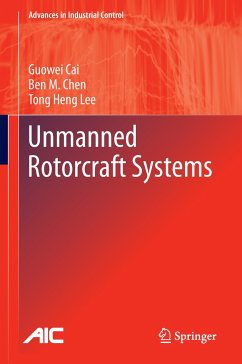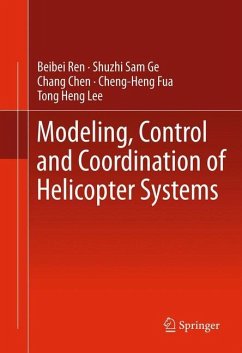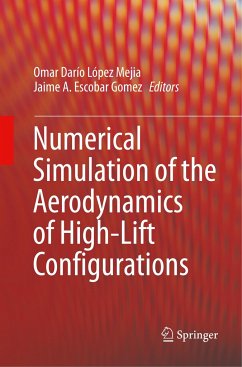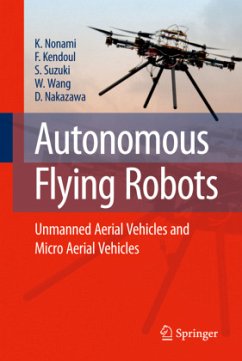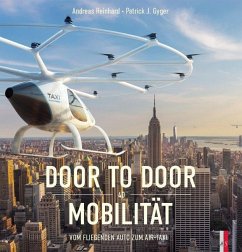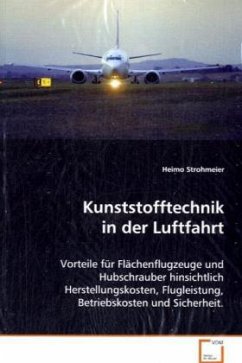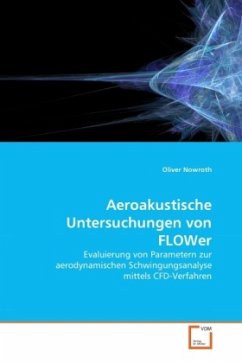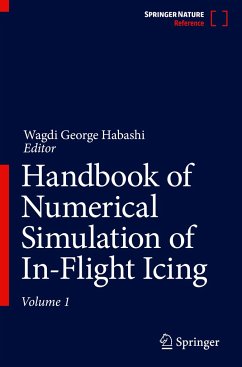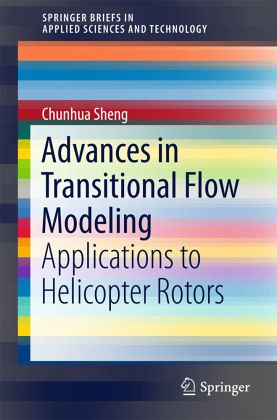
Advances in Transitional Flow Modeling
Applications to Helicopter Rotors

PAYBACK Punkte
19 °P sammeln!
This book provides a comprehensive description of numerical methods and validation processes for predicting transitional flows based on the Langtry-Menter local correlation-based transition model, integrated with both one-equation Spalart-Allmaras (S-A) and two-equation Shear Stress Transport (SST) turbulence models. A comparative study is presented to combine the respective merits of the two coupling methods in the context of predicting the boundary-layer transition phenomenon from fundamental benchmark flows to realistic helicopter rotors.The book will of interest to industrial practitioners...
This book provides a comprehensive description of numerical methods and validation processes for predicting transitional flows based on the Langtry-Menter local correlation-based transition model, integrated with both one-equation Spalart-Allmaras (S-A) and two-equation Shear Stress Transport (SST) turbulence models. A comparative study is presented to combine the respective merits of the two coupling methods in the context of predicting the boundary-layer transition phenomenon from fundamental benchmark flows to realistic helicopter rotors.
The book will of interest to industrial practitioners working in aerodynamic design and the analysis of fixed-wing or rotary wing aircraft, while also offering advanced reading material for graduate students in the research areas of Computational Fluid Dynamics (CFD), turbulence modeling and related fields.
The book will of interest to industrial practitioners working in aerodynamic design and the analysis of fixed-wing or rotary wing aircraft, while also offering advanced reading material for graduate students in the research areas of Computational Fluid Dynamics (CFD), turbulence modeling and related fields.



